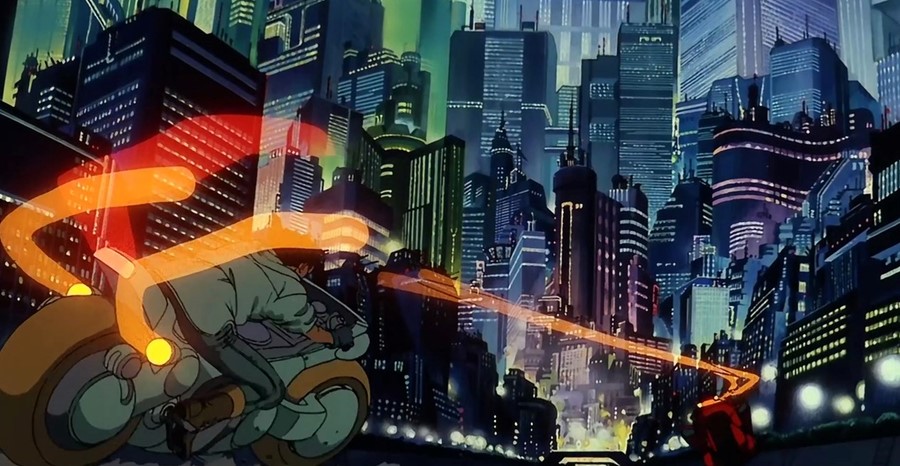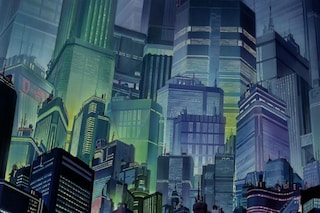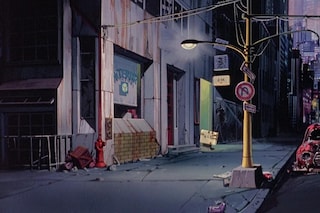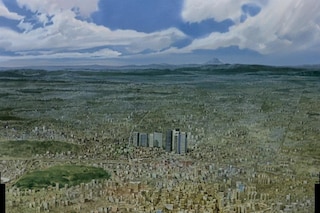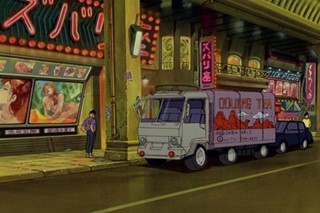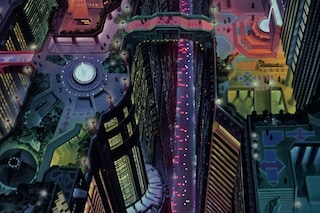More than 25 years after its initial release, Akira continues to blaze a distinctive trail through pop culture. Here’s why it provides a haunting reflection of our time
2016 is synonymous with a universally Bad Time, and 2017 hardly looks set to be much better. From David Bowie’s death 13 months ago to a fascist tangerine despot in the White House today, the question on everyone’s lips may well be: how the fuck did we get here? How, in the span of just over a year, did the world completely implode in on itself, along with all the truths and assumptions that we formerly took for granted?
It’s not surprising, then, in a never-ending maelstrom of fear, anger and uncertainty surrounding Trump’s presidency, Brexit and now the Muslim travel ban that we’re all feeling helpless. And there are plenty more who are stuck in such utter despair that they find it hard to engage at all. As we head further into 2017, the world seems like it will never wake up from this collective fever dream that we now call ‘reality’.
But before we give up completely on life as we know it, let me suggest that we need more than ever to create and experience art that reflects our condition today – kind of like fighting unreality with unreality. Perhaps that’s why 2016 saw a huge appetite for boundary-breaking, transgressive sci-fi in particular: think the runaway success of Netflix’s Stranger Things and Black Mirror. Carrying on in this vein, I nominate Katsuhiro Otomo’s cyberpunk anime Akira as a light at the end of the one-way tunnel to the “Fashpocalypse” we’re currently in.
Akira was released over 25 years ago in 1988, but watching this groundbreaking film feels uncannily like seeing 2017 reflected through a glass, darkly. Set in dystopian neo-Tokyo a year before the 2020 Olympic Games, it follows a teenage boy who discovers he has telekinetic powers that threaten to destroy the city – and the world – altogether. Watching Akira is like stepping onto a cinematic threshold, knowing that you’ll never return to the way things were before.
DEFY CONVENTIONAL EXPECTATIONS
Akira dragged animation out of children’s TV into a brave new world where hand-drawn moving images could appear more vital than real life. It appropriated what others had until then disregarded, and made it into something astonishing, raw and strange – all the while creating a dazzling new range of possibilities for the medium. I remember watching it for the first time, all the way throughout feeling like I’d been violently attacked by the rawness and frantic pace of the action: lurid neon skyscrapers, constant explosions and the deafening wails of police sirens assault all the senses.
WHEN THE SYSTEM’S CORRUPT, TAKE MATTERS INTO YOUR OWN HANDS
We could all learn a great deal from Akira’s characters, consisting mainly of gangs of teenage biker punks and anti-government resistance fighters. While neo-Tokyo suffers under a corrupt bureaucracy and a militarised police force, these small armed groups have no choice but to team up and resist, using violence and subterfuge if necessary. Even their continued survival becomes a form of resistance. As in real life, we’re constantly reminded that ‘civilisation’ and ‘progress’ are only illusions, ready to be shattered at a moment’s notice. But the dilemmas faced by the characters in the film show us that we must harness all our collective trauma and rage into effective action like demonstrations, rallies and tearing shit up if things get too bad.
STAND WITH YOUR SQUAD BUT CUT TIES IF NECESSARY
The film shows us that maintaining friendships and wider social networks at all times is crucial for organising grassroots resistance movements. In some cases, it could literally mean the difference between life and death when navigating the seedy underworld of neo-Tokyo. But Tetsuo and Kaneda’s ambivalent relationship also demonstrates how loyalty in the face of all odds can only go so far. When the childhood friends’ bond is tested to its absolute limit by Tetsuo’s psychosis, Kaneda must make a difficult choice on survival and ensuring the future of the human race.
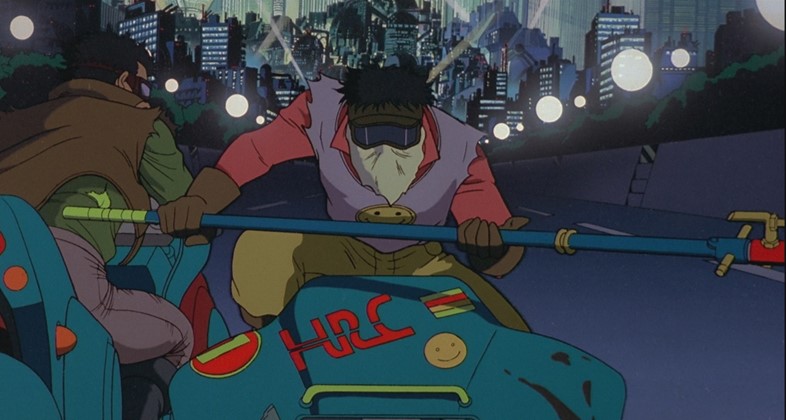
MAKE DESTRUCTION AND CHAOS INTO SOMETHING BEAUTIFUL
In such a hopelessly broken world, only destruction can bring about the possibility of renewal or rebirth. The human body pushed to its limits can therefore be more even horrifying than the most dystopian scenes. At one point, Tetsuo is even engulfed in a writhing mass of flesh that becomes a giant mutant foetus, kind of like a post-apocalyptic birth in reverse: the perfect metaphor for now. Director Katsuhiro Otomo’s genius lies in how he dares to represent these radically grotesque bio-horrors only a few decades after Hiroshima – and make something strangely beautiful out of what is normally perverse and taboo.
LOOK FOR REASONS TO CARRY ON LIVING
Like the greatest works of art, Akira irreversibly changes the way you see the world. Normal life seems stale and two-dimensional in comparison to the film’s frenetic energy and uncontrollable surges of violence that always threaten to descend into total chaos. Its hyper-real images can’t help but sear themselves onto your eyeballs as a result of its strange and captivating power.
My final plea for Akira would be this: it shows us the liberating, transformational and creative possibilities that lie in chaos and destruction. It shows us that, despite mass alienation, political turmoil and violence becoming commonplace in our society, there are still reasons to carry on living.
